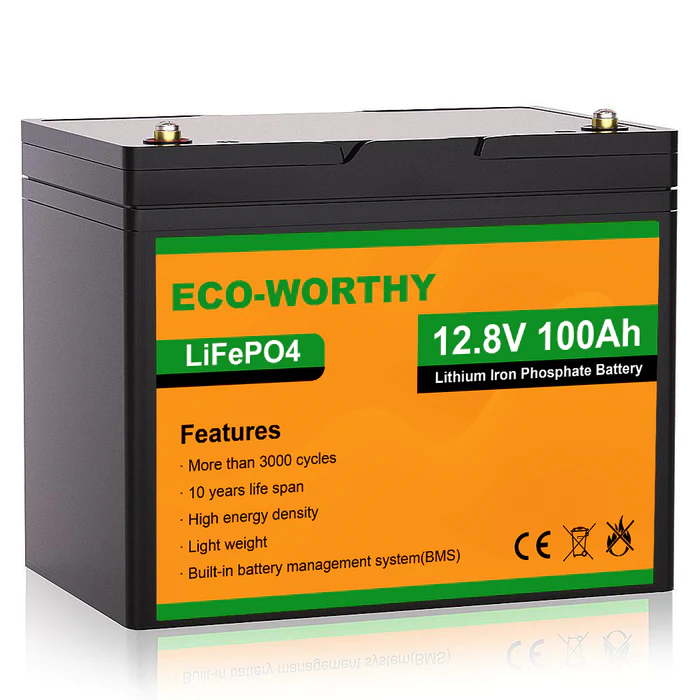
This was originally an article about “Deploying a Mobile Repeater” published at DCI (trbo.org) back in 2015 for a run to the Hamvention in Dayton OH. The project now is to convert the repeater from SLA’s or AGM’s to LiFePO4 (LiPO4/LFP) chemistry.
This information would also be useful for the EmComm Ham running Auxiliary or portable at longer duration Events.
Considerations
Conversions from SLA’s or AGM’s to LiFePO4 (LiPO4/LFP) chemistry require addressing several issues. The charging and re-charging using automobile alternator power is not the best approach for LiFePO4 and more typically chargers are designed specifically for LiPO4 batterys. The correct charger is certainly needed to insure best service life if not long term usage. So I am exploring how best to manage charging a 100AH LiFePO4 as well as considering float charging in my car for best repeater service and longest service life the for battery.
My early investigation as well as some experience with the LiPO4 batteries demonstrates that it can be done and it fairly simple using a combination of recharging while in motion using the vehicle’s 12VDC system but coupled with the proper LiFePO4 charger on 110VAC when stationary (overnight or long term parking). I can do it effectively now simply by isolating the vehicles 12v system from the LiFePO4 battery while parked.
What is LiFePO4 battery and why should hams switch away from SLA/AGM chemistries for a battery that costs twice as much? ($280 for 100AH at current prices) Very short and simply: Longer service life, more charge/discharge cycles, 75% lighter and recharge to 90% of capacity (vs 70% for SLA/AGM). Down sides are initial cost and special charger (~$50). Those costs over a few years make LiFePO$ less expensive and an excellent longer term investment. If you want additional details, learn more here: LiFePO4
On to the Nuts n Bolts
As hams we typically want to have the ability to power our 12VDC radios and other devices that are in or near our vehicles without worry of discharging the vehicles “start” battery. So some from of isolation between the start and our shiny new LiFePO4 is needed. It can be simply a relay activated by the “accessory” or “on” circuit of the ignition swatch or some solid state isolation box similar to Mountain West, RV’s or boats. The approach is less important and a matter of preference for the most-part. Do not use the cigarette lighter for your recharge source as it is limited to 10-15amps typically and likely inrush current will pop a fuse and you do want more charger current available. Devices such as the West Mountain’s Powergate or IsoPower+ are safe to use and intelligent, though expensive.
I have the SLA’s/AGM’s just used relay for the primary and radio battery connection driven by a cigarette lighter plug which is switched on by the ACC/ON positions of the ignition switch. But for this update, I am the Powergate and have the LiFePO4 charger directly connected to the LiFePO4 battery and not connected through the Powergate. What I have found is that the charger will operate normally, fully charging the LiFePO4 battery and switching off once charged. But if I have the repeater/router/LTE energized, the charger runs continuously (never turns off when full) BUT all is still fine as the charger just provides the 2.5 amps as needed by the repeater equipment. The charger shows 60% charge but if I turn off the equipment, it just a few seconds, the charger switches to full charge and turns off. So the load on the battery is fooling the charger but not otherwise causing any issues.
The other nice thing about using the Powergate is that it switches the repeater over the vehicle system while driving and takes no power from the LiFePO4 battery while charging it at up to a 10Amp rate, as needed, if needed. So essentially in typical driving and parking cycles, the LiFePO4 battery is not used (or very lightly) and can be considered a standby source of 12V. But if out camping or parked for days, then the LiFePO4 battery is switched in and the car’s start battery is disconnect when it drops to 12.6 volts. There is about .15 to .3 volts drop across the Schottky Diodes which meshes well with the car alternator peaking out at 14.5 volts.
Remember to use adequate wire sizes and fuses for all your connections. These batteries immense short circuit power.
Views: 240